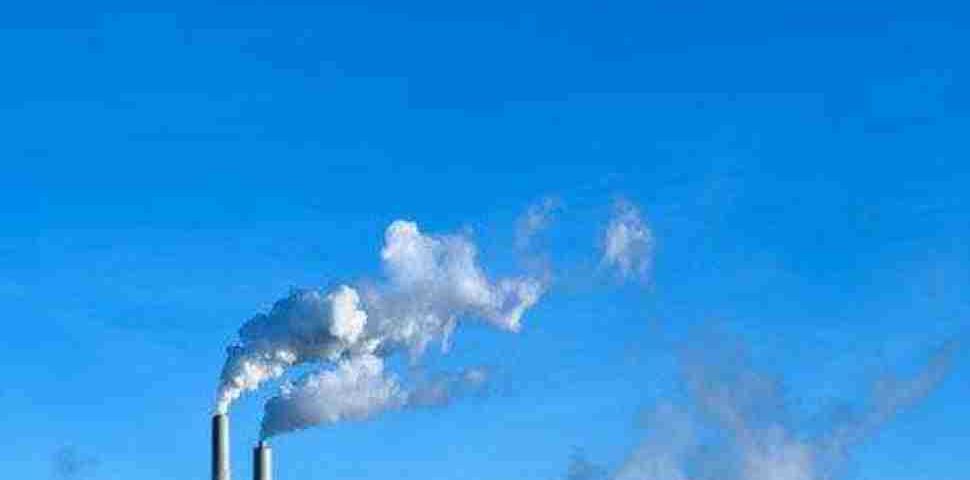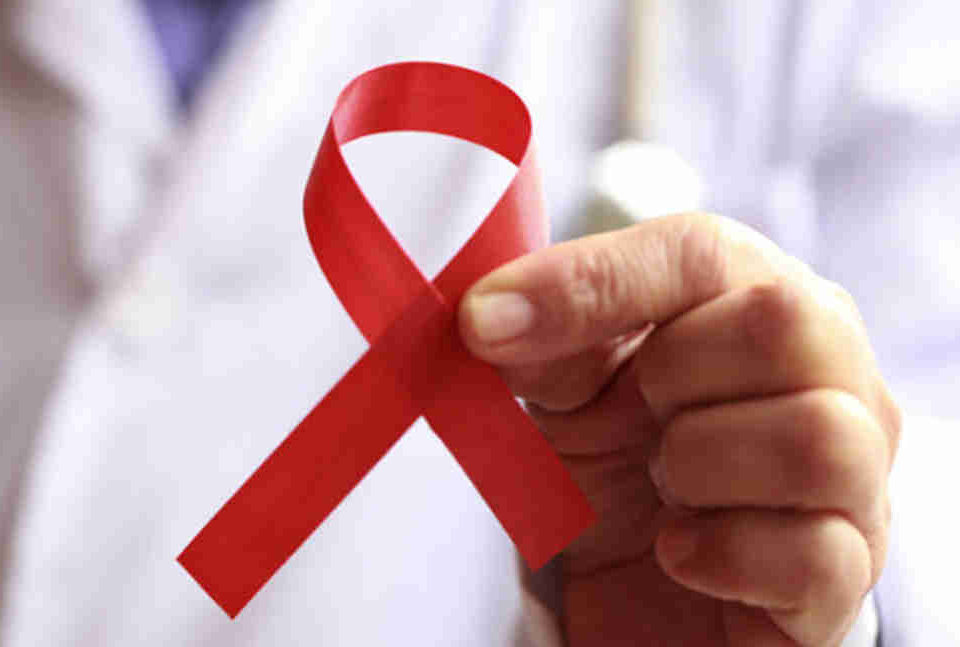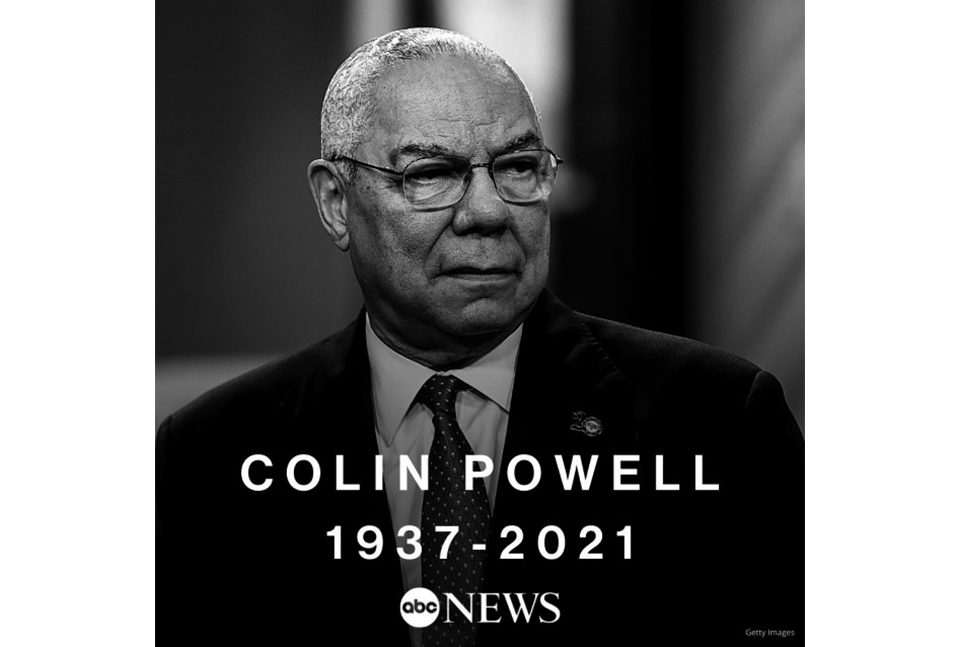- 如有疑问,请联系电邮
- customer@ihealth66.com
USNEWS:空气污染与肺癌的关系

USNEWS:肺癌的分期是什么?
2019年4月2日
USNEWS:什么导致肺癌?
2019年4月4日By Kathleen Hall
大家都明白,这是一个敏感而严肃的话题。事实上,要确定其间的关系确实比较难。它不仅需要大规模人群的前瞻性流行病学研究,还有一个年龄增长的巨大影响因素。所以要判断得出结论,需要政府进行调查确认。
但这不影响已经进行的研究结论。
空气污染主要有两种类型:臭氧污染和颗粒污染。两者都对我们的健康有害,尤其是颗粒污染,与肺癌有关。颗粒污染是固体和液体颗粒的混合物,由不同的化学和生物成分组成。美国肺脏协会(American Lung Association)负责国家政策的助理副总裁、该组织第18次年度空气状况报告的作者之一珍妮丝•诺兰(Janice Nolen)说,它们主要来自燃烧木材、柴油和化石燃料。
最危险的颗粒是2.5微米或更小的颗粒(小于人类头发直径的1/7),杜克大学医学院癌症研究教授金·利利博士说,“我们把它们吸入体内,它们不会从通常的防御机制(如打喷嚏或咳嗽)中消失。它们进入肺部和血液。”所以,这引入了PM2.5的概念。
污染、肺癌等健康问题
世界卫生组织(World Health Organization)下属的国际癌症研究机构(International Agency for Research on Cancer)在2013年得出结论,颗粒物污染可能导致肺癌,并将颗粒物列为人类致癌物。
专家们并不确定当我们吸入这些微粒时,身体会发生什么。利利博士说,许多人正在研究肺癌和空气污染的关系,尤其是颗粒物质。虽然在生物学上有普遍的共识,但确切的机制并不清楚。从小鼠研究中发现,吸入这些微粒可能会改变DNA。颗粒也可能在慢性炎症和免疫系统中发挥作用。除了与肺癌有关,我们现在也知道污染在心脏病、中风、糖尿病、精神健康问题和其他肺部疾病中也扮演着重要角色。无论是短期的还是长期的,长时间暴露在微粒污染下都是有害的。
此外,已经患有肺癌的人在暴露于颗粒和臭氧污染时,出现不良健康影响(包括寿命缩短)的风险似乎更高。
我们如何保护自己免受空气污染?
个人可以采取一些措施来减少污染,但这是一个复杂的问题,需要地方、国家乃至国际的共同努力。“这是一个激动人心的话题,”利利说。“我们都必须做些事情来减少空气污染。不同城市的空气污染水平可能非常严重,尤其是交通枢纽。你与污染源的距离可能会决定你在哪里锻炼,锻炼的时间和地点。”
在日常生活中,当你所在地区的空气质量指数很高时,你应该(也必须)呆在室内(对于那些对污染敏感的人,比如那些患有心脏病或肺病的人,在500分制中超过100分)。空气质量指数越高,直接的健康风险就越大。你可以从环境保护署的AirNow网站或当地天气预报中找到你所在地区的空气质量指数。
你也可以看到你的社区在全国范围内的污染排名。根据SOTA的数据,四分之一的美国人生活在污染水平通常很危险的地区。
利利说:“好消息是,过去八到十年来,我们的空气质量总体上有所改善。诺兰说,我们在减少颗粒污染方面取得了巨大的进展。然而,根据美国环保署的研究,我们仍有很多工作要做,从降低发电厂的废气排放到改用更清洁的校车,这样我们就不会让孩子们接触到柴油废气。诺伦说,环保署有规定帮助我们向更清洁的设备和燃料过渡,但这是一个过程。
《清洁空气法》
1970年制定的《清洁空气法》规定了空气排放,并授权环保署制定空气质量标准,以保护健康和公共福利。
诺兰说,环保署从一开始就认识到,我们不知道污染对健康的影响,所以要求环保署每五年对科学进行一次审查,并使用最新的数据来设定限制。“因此,”诺兰说,“随着我们了解的越来越多,我们设置了更严格的限制,我们能够为公众提供更多的保护。”环保局知道这些标准将推动新技术的发展。这是通过的最有力的公共卫生法之一。”
诺兰说,这不仅仅是为了保持《清洁空气法》的完整性。我们也必须为它提供资金。我们必须有钱来做监测和实施保持空气清洁的战略。
干净的空气对每个人的健康都很重要。“仅仅因为你没有肺癌,并不意味着空气质量不会影响你,”利利博士说。
THERE ARE TWO MAIN types of air pollution: ozone and particle pollution. Both are harmful to our health, and particle pollution, in particular, is associated with lung cancer. Particle pollution is a mix of solid and liquid particles, which are comprised of different chemicals and biological components. They come from burning wood, diesel and fossil fuels, says Janice Nolen, assistant vice president of National Policy at the American Lung Association and one of the authors of the organization’s 18th Annual State of the Airreport.
The particles that are most dangerous are the ones that are 2.5 microns or smaller (less than 1/7 the diameter of a human hair), says Dr. H. Kim Lyerly, George Barth Geller professor of cancer research at Duke University School of Medicine. “We breathe them in, and they don’t pass out from the usual defense mechanisms [such as sneezing or coughing]. They get into the lungs and the blood stream.”
Pollution, Lung Cancer and Other Health Problems
The International Agency for Research on Cancer, part of the World Health Organization, concluded in 2013 that particle pollution could cause lung cancer and classified particulate matter as a human carcinogen, or cancer-causing agent.
Experts aren’t sure exactly what happens in the body when we inhale these particles. Many people are studying lung cancer and air pollution, especially particle matter, Lyerly says. While there’s general agreement about the biology, the exact mechanism is not as clear. It appears from mouse studies that inhaling these particles changes our DNA. Particles may also play a role in chronic inflammation and the immune system. In addition to the association with lung cancer, we know pollution plays a role in heart disease, stroke, diabetes, mental health problems and other lung diseases. Both short-term and chronic, long-tem exposure to particle pollution is harmful.
Furthermore, people who already have lung cancer appear to be at increased risk for adverse health effects (including a shorter lifespan) when exposed to particle and ozone pollution.
How Do We Protect Ourselves From Air Pollution?
Individuals can take some steps to lower their exposure to pollution, but it’s a complex subject that requires a concerted local, national – even international – effort. “It’s a galvanizing topic,” Lyerly says. “We all have to do things to reduce air pollution. Air pollution levels can be very dramatic in different cities, especially transportation hubs. Your distance from sources of pollution may drive decisions about where you exercise, and times and locations.”
On a day-to-day level, you can (and should) stay indoors when your local Air Quality Index level is high (over 100 on a 500-point scale for individuals who are sensitive to pollution, such as those with heart or lung disease). The higher the AQI, the greater the immediate health risks. You can find the current AQI for your region from the Environmental Protection Agency’s AirNow website or your local weather forecast.
You can also see how your community ranks nationwide in terms of pollution. According to the SOTA, 1 in 4 Americans lives in areas where pollution levels are often dangerous.
The good news is that our air quality has generally been improving over the past eight to 10 years, Lyerly says. Nolen says we’ve made enormous progress in reducing particle pollution. However, according to EPA research, there’s still much we must do, from lowering power plant exhaust to switching to cleaner school buses so we don’t expose children to diesel exhaust. The EPA has rules to help us transition to cleaner equipment and fuels, but it’s a process, Nolen says.
The Clean Air Act
The Clean Air Act, established in 1970, regulates air emissions and authorizes the EPA to establish air quality standards to protect health and public welfare.
Nolen says the EPA recognized from the outset that we didn’t know all we needed to about the health effects of pollution, so it required the EPA to review the science every five years and to use the most current data to set limits. “As a result,” Nolen says, “we set stronger limits as we learn more and we’re able to provide more protection for the public. The EPA knew the standards would drive the development of new technology. It’s been one of the most powerful public health laws adopted.”
It’s not just about keeping the Clean Air Act intact, Nolen says. We must fund it, as well. We have to have the money to do the work of monitoring and implementing strategies to keep the air clean.
Clean air is important to everyone’s health. “Just because you don’t have lung cancer, doesn’t mean air quality doesn’t affect you,” Lyerly says.





